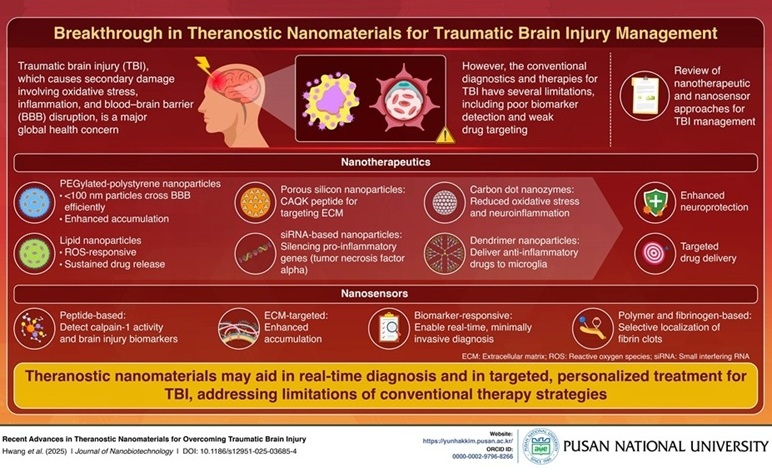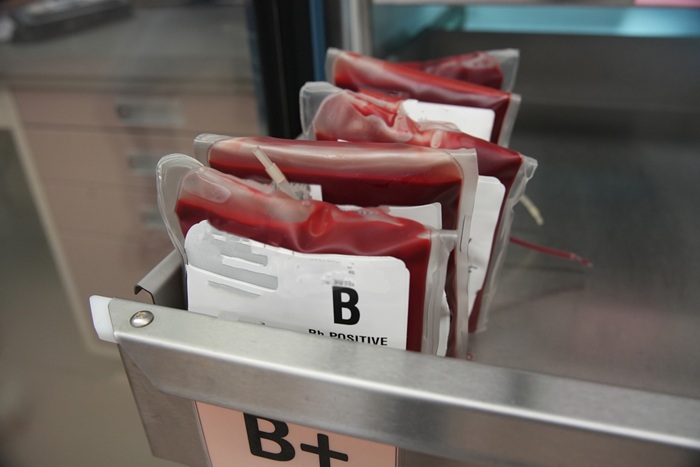Focused Ultrasound May Benefit Patients with Epilepsy
|
By HospiMedica International staff writers Posted on 17 Nov 2021 |

Image: Focused ultrasound being delivered using neuronavigation and EEG monitoring (Photo courtesy of Hsiang-Yu Yu/ VGHTPE)
A new study suggests that focused ultrasound (FUS) of the brain may benefit patients with drug-resistant epilepsy (DRE).
Researchers at National Yang Ming Chiao Tung University (NYCU; Taipei, Taiwan), Taipei Veterans General Hospital (Taiwan), and other institutions conducted a study in six DRE patients who were scheduled to undergo stereo-electroencephalography (SEEG) for localization of the seizure onset zone (SOZ), providing a window of opportunity to investigate the neuromodulatory effects of FUS. Simultaneous SEEG recordings were obtained during sonication and for three days after treatment to monitor seizures, interictal epileptiform discharges, and adverse events.
The results revealed a decrease in seizure frequency in two patients within the three-day follow-up, with significant changes in spectral power of SEEG noted at the targeted electrodes during FUS; one patient showed an increase in the frequency of subclinical seizures. Magnetic resonance imaging (MRI) revealed neither lesion nor brain edema. One patient reported subjective scalp heating during FUS, and one patient developed transient naming and memory impairment that resolved within three weeks. The study was published on November 2, 2021, in Epilepsia.
“Neuromodulation is an alternative treatment for drug-resistant epilepsy. Compared with the present modalities used in neuromodulation for epilepsy, focused ultrasound can access deeper brain regions and focus on the main target of the epileptic network in a relatively less invasive approach,” said senior author Hsiang-Yu Yu, PhD, of VGHTPE and the NYCU Brain Research Center. “It gives new hope and sheds new light for patients with drug-resistant epilepsy.”
Focused ultrasound is based on nonlinear acoustic mathematical optimization methods to analyze and simulate the propagation of sound in material. The information is then used to enhance the shape of an acoustic lens in such a way that that ultrasound pressure is focused precisely on the location of the tissue to be treated, while the surrounding tissue retains as little damage as possible.
Related Links:
National Yang Ming Chiao Tung University
Taipei Veterans General Hospital
Researchers at National Yang Ming Chiao Tung University (NYCU; Taipei, Taiwan), Taipei Veterans General Hospital (Taiwan), and other institutions conducted a study in six DRE patients who were scheduled to undergo stereo-electroencephalography (SEEG) for localization of the seizure onset zone (SOZ), providing a window of opportunity to investigate the neuromodulatory effects of FUS. Simultaneous SEEG recordings were obtained during sonication and for three days after treatment to monitor seizures, interictal epileptiform discharges, and adverse events.
The results revealed a decrease in seizure frequency in two patients within the three-day follow-up, with significant changes in spectral power of SEEG noted at the targeted electrodes during FUS; one patient showed an increase in the frequency of subclinical seizures. Magnetic resonance imaging (MRI) revealed neither lesion nor brain edema. One patient reported subjective scalp heating during FUS, and one patient developed transient naming and memory impairment that resolved within three weeks. The study was published on November 2, 2021, in Epilepsia.
“Neuromodulation is an alternative treatment for drug-resistant epilepsy. Compared with the present modalities used in neuromodulation for epilepsy, focused ultrasound can access deeper brain regions and focus on the main target of the epileptic network in a relatively less invasive approach,” said senior author Hsiang-Yu Yu, PhD, of VGHTPE and the NYCU Brain Research Center. “It gives new hope and sheds new light for patients with drug-resistant epilepsy.”
Focused ultrasound is based on nonlinear acoustic mathematical optimization methods to analyze and simulate the propagation of sound in material. The information is then used to enhance the shape of an acoustic lens in such a way that that ultrasound pressure is focused precisely on the location of the tissue to be treated, while the surrounding tissue retains as little damage as possible.
Related Links:
National Yang Ming Chiao Tung University
Taipei Veterans General Hospital
Latest Patient Care News
- Revolutionary Automatic IV-Line Flushing Device to Enhance Infusion Care
- VR Training Tool Combats Contamination of Portable Medical Equipment
- Portable Biosensor Platform to Reduce Hospital-Acquired Infections
- First-Of-Its-Kind Portable Germicidal Light Technology Disinfects High-Touch Clinical Surfaces in Seconds
- Surgical Capacity Optimization Solution Helps Hospitals Boost OR Utilization

- Game-Changing Innovation in Surgical Instrument Sterilization Significantly Improves OR Throughput
- Next Gen ICU Bed to Help Address Complex Critical Care Needs
- Groundbreaking AI-Powered UV-C Disinfection Technology Redefines Infection Control Landscape
- Clean Hospitals Can Reduce Antibiotic Resistance, Save Lives
- Smart Hospital Beds Improve Accuracy of Medical Diagnosis
- New Fast Endoscope Drying System Improves Productivity and Traceability
- World’s First Automated Endoscope Cleaner Fights Antimicrobial Resistance
- Portable High-Capacity Digital Stretcher Scales Provide Precision Weighing for Patients in ER
- Portable Clinical Scale with Remote Indicator Allows for Flexible Patient Weighing Use
- Innovative and Highly Customizable Medical Carts Offer Unlimited Configuration Possibilities
- Biomolecular Wound Healing Film Adheres to Sensitive Tissue and Releases Active Ingredients
Channels
Critical Care
view channel
Smart Nanomaterials Detect and Treat Traumatic Brain Injuries Simultaneously
Traumatic brain injury (TBI) continues to leave millions with long-term disabilities every year. After a sudden impact from a fall, collision, or accident, the brain undergoes inflammation, oxidative stress,... Read more
Earlier Blood Transfusion Could Reduce Heart Failure and Arrhythmia in Heart Disease Patients
Blood loss during or after surgery can place significant stress on people with heart disease, increasing the risk of dangerous complications. Transfusions are often delayed until hemoglobin levels fall... Read moreSurgical Techniques
view channelGroundbreaking Procedure Combines New Treatments for Liver Tumors
Removing or destroying liver tumors often requires patients to undergo two separate procedures, exposing them to multiple hospital stays, repeated anesthesia, and longer recovery times. Traditional approaches... Read moreAblation Reduces Stroke Risk Associated with Atrial Fibrillation
Atrial fibrillation (AFib) greatly increases the risk of stroke, blood clots, heart failure, and death, and millions of people in the U.S. are expected to be affected in the coming years.... Read moreHealth IT
view channel
Printable Molecule-Selective Nanoparticles Enable Mass Production of Wearable Biosensors
The future of medicine is likely to focus on the personalization of healthcare—understanding exactly what an individual requires and delivering the appropriate combination of nutrients, metabolites, and... Read moreBusiness
view channel
Philips and Masimo Partner to Advance Patient Monitoring Measurement Technologies
Royal Philips (Amsterdam, Netherlands) and Masimo (Irvine, California, USA) have renewed their multi-year strategic collaboration, combining Philips’ expertise in patient monitoring with Masimo’s noninvasive... Read more
B. Braun Acquires Digital Microsurgery Company True Digital Surgery
The high-end microsurgery market in neurosurgery, spine, and ENT is undergoing a significant transformation. Traditional analog microscopes are giving way to digital exoscopes, which provide improved visualization,... Read more
CMEF 2025 to Promote Holistic and High-Quality Development of Medical and Health Industry
The 92nd China International Medical Equipment Fair (CMEF 2025) Autumn Exhibition is scheduled to be held from September 26 to 29 at the China Import and Export Fair Complex (Canton Fair Complex) in Guangzhou.... Read more















